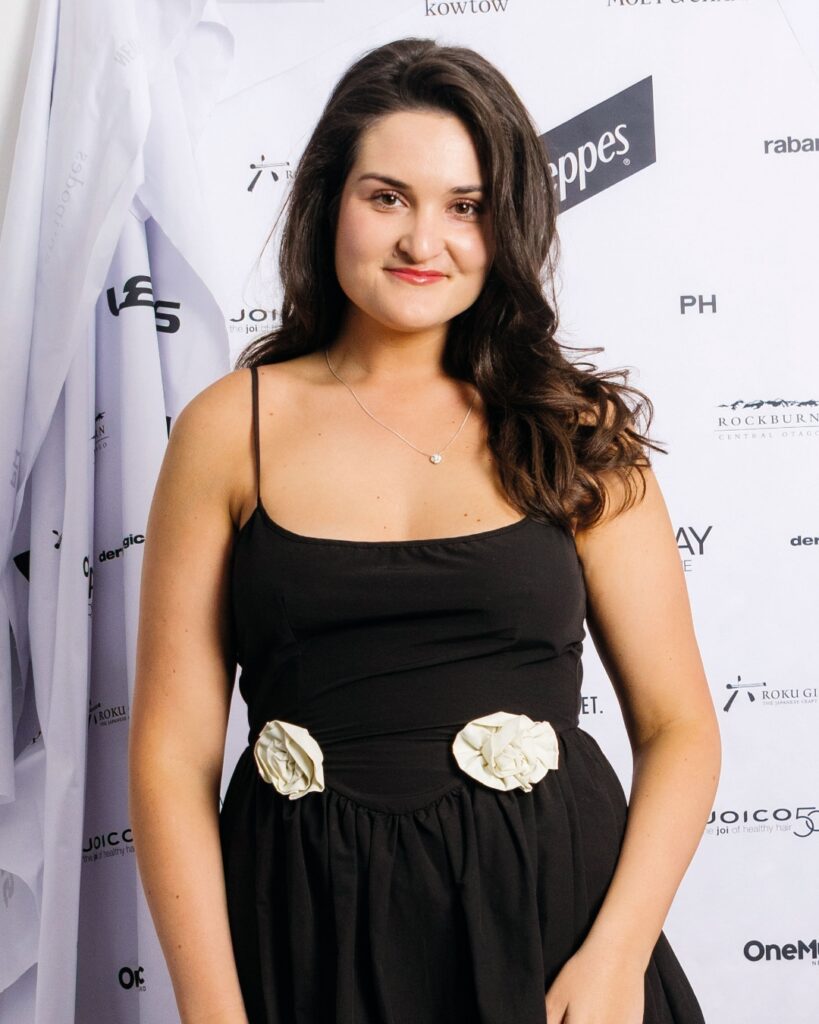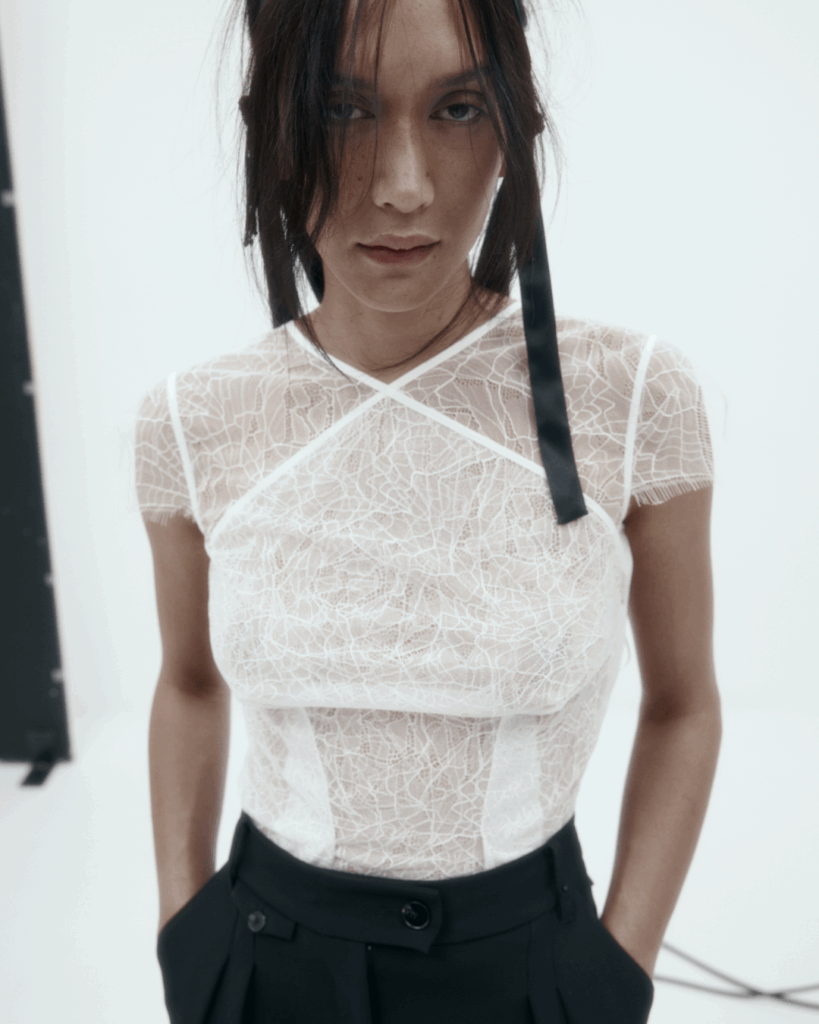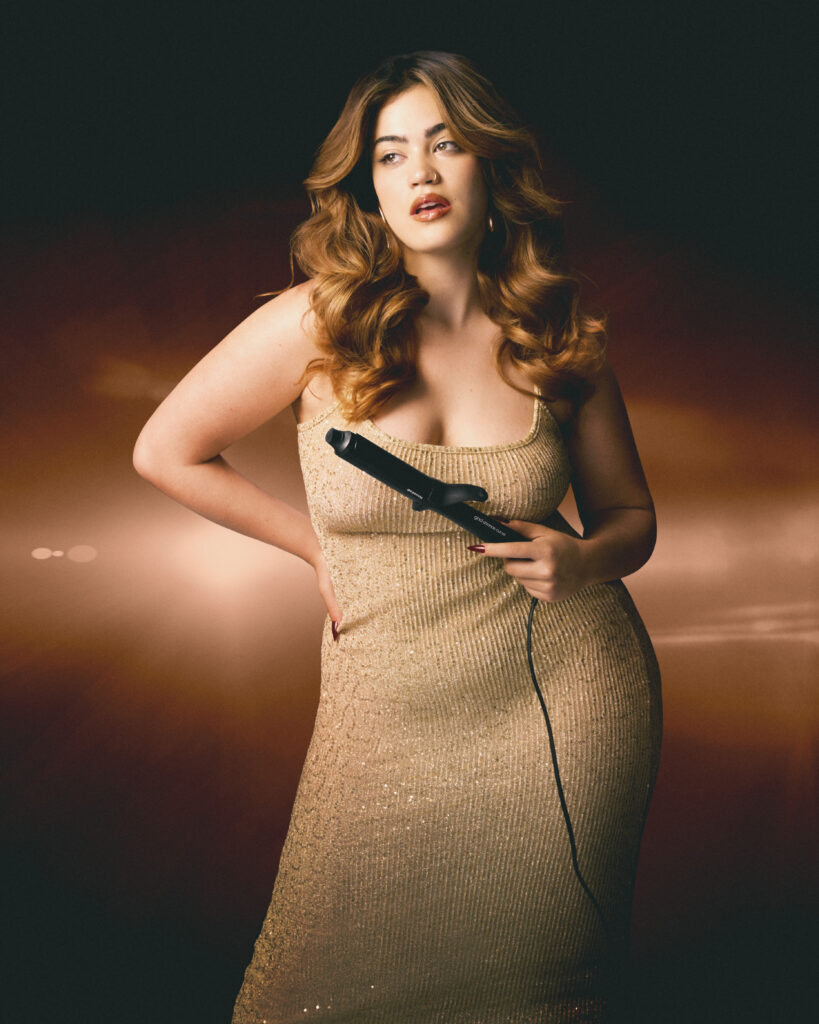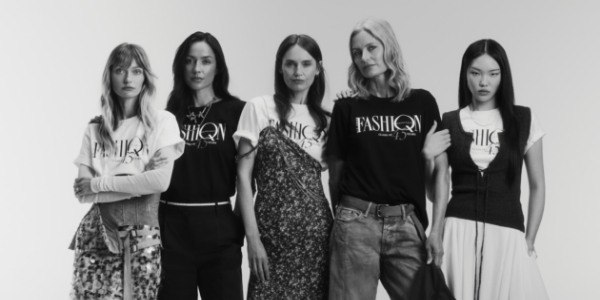It’s time to think 50 shades of grey, without needing to blush. Tonal decorating is your secret weapon to a calming, fashion-forward space.

Dulux Nugget Point and Rongotai. Styling Bree Leech.
This is why your next room makeover should be tonal
Search the streets of fashion week and you’ll see tonal dressing is back in vogue. And as with most fashion trends, this is one that translates well into interiors. “Having a tonal or monochromatic colour scheme is a great way to create a balanced, harmonious space,” says Dulux colour expert Davina Harper. “It’s perfect if you’re wanting to create a room that is relaxing and calming.”
A tonal, or monochromatic, colour scheme is made up of one main hue with various tints and tones of that colour added in. Put simply, “tonal colours are different shades of colours in the same main colour group,” says Davina.

What colours work?
Even though it’s more regularly used to create a room of neutrals and whites, tonal decorating shouldn’t be limited to a beige colour palette.
Interior designer Victoria Bibby of Bibby & Brady says, “it’s important to remember that a single colour space doesn’t mean just sticking to a muted scheme, you can create a vibrant and interesting room using various tones of blue for instance.”

Dulux Legacy colour palette. Styling Bree Leech.
Check the undertones
The most important thing to bear in mind when creating a tonal room is that colours have different undertones, and when colours with different undertones are put together, it can sometimes look off. Victoria says, “As an example, turquoise blue has an undertone of green, and periwinkle blue has an undertone of violet, so these two colours won’t necessarily look great together.” Instead, pair periwinkle blue with a navy or denim.
To ensure the colours you choose have a similar undertone use a pure colour swatch. When held next to this, warm or cold undertones will become apparent.

Dulux Wholeself palette. Styling Bree Leech.
Contrast
It might seem like a bit of an oxymoron but even tonal colour schemes need contrast. Texture plays a big part, Victoria suggests layering soft and hard surfaces and including both shiny and matte finishes. Use of patterns will also help to bring in some contrast to add visual interest.
Davina says adding a small accent colour can be effective. A small pop of mustard in a grey and lilac tonal scheme will give the eye some visual relief without breaking the monochromatic look. But even the tonal colours you choose should have an element of contrast; “add depths of tone,” says Victoria. “For example a cobalt blue paired with a pale sky blue and accents of dark, inky blue.”

Dulux Suede Effects Macchiato Malt. Styled by Bree Leech & Heather Nette King.
Words: Bea Taylor
Photos: Lisa Cohen
This article originally appeared on Homes To Love.










